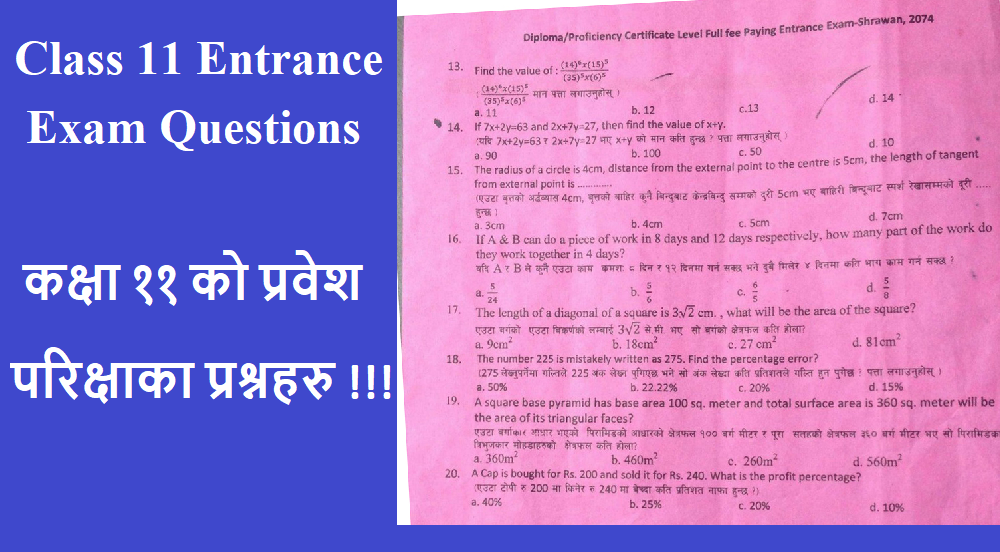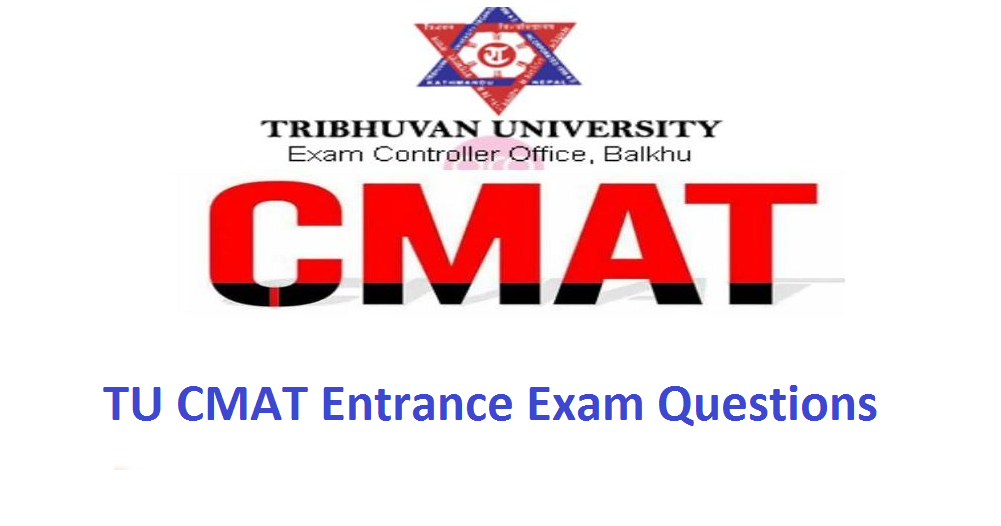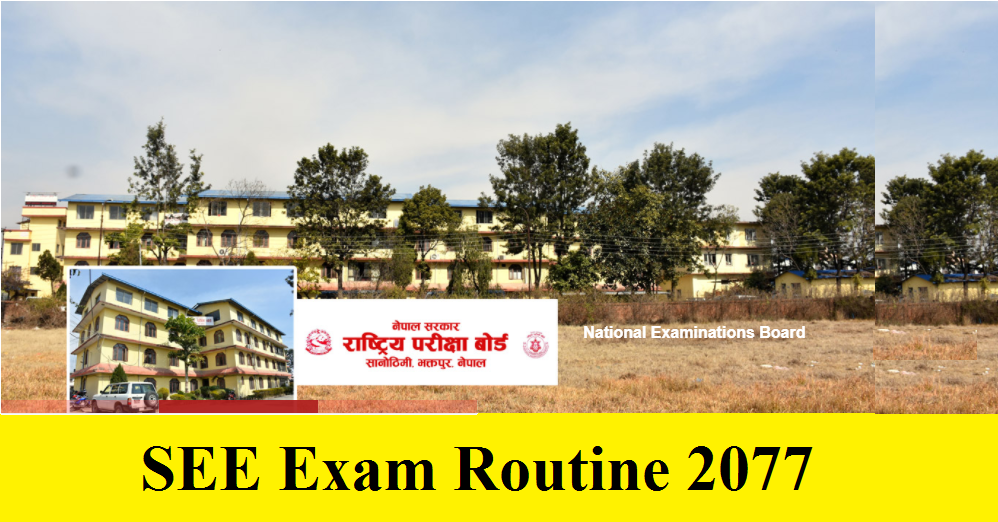Grade nine Science practice questions. These questions are strictly based on grade nine science curriculum. Students can prepare their annual exam with the help of these practice sets.
Set A
Group: ‘A’ (Physics)
- .Define measurement and name two types of watches used to measure time.
- What is moment? The probability of breaking tall tree is more during storm. Why?
- Prove the following with their usual meaning.
- v=u+at ii. v2=v2+2as
- State transformation law of energy and write one example.
- Give reasons:
Diamond shines more than other material.
Light get dispersed in different colours when it is passed through prism.
- Define one watt. Calculate work done and power if Sita climbed a 10 meter high stairs in 30sec. Take her mass as 40kg.
- a. i. Define frequency, wavelength and speed.
- Differentiate in two points between refraction of sound waves at morning and refraction of sound waves at day time.
- What is refractive index? Calculate the value of refractive index of glass taking angle of incident as 320 and angle of refraction as 470.
- a. i. Draw an electric circuit and show flow of conventional current and direction of flow of electron.
- Write two points of difference between angle of dip and angle of declination.
- A 200 watt lamp has 484 ohm resistance in its filament. Find the current in it, when it is connected across a 220 v line.
- How much current is consumed by a heater of 2000 watt connected to 220v mains?
Group: ‘B’ (Chemistry)
- Write down the following in the form of balanced chemical equation.
- Ammonium chloride+Magnesium hydroxideMagnesium chloride+water+Ammonia
- Magnesium nitride+waterMagnesium hydroxide+Ammonia
- iii. Sulphuric acid+sodiumhydroxide Sodium sulphate+water
- What is ionization? Can we use copper electrodes in electrolysis process of water? Why?
- Write down any two differences between electrovalent and co-valent bond.
- a. Draw a labelled diagram to show laboratory preparation of Nitrogen gas. Write down the balanced
chemical equation to show its laboratory preparation. - i. Write down any four differences between mental and non-metals.
- Write down any three chemical equations to show chemical properties of carbon.
- 2.4kg of a salt dissolves in 1/2 kg water at 250c temperature to form its saturated solution. What is the
solubility of the salt at 250c temperature? Calculate. (2)
Group: ‘C’ (Biology)
- Why are living beings classified? Classify Lycopodium and Hydra with one main characteristic of each. (1+1.5+1.5)
- Write any two points of difference between eggs of anopheles and culex.
- Mention any three adaptational characteristics of aquatic animals.
- Write any two points of difference between xylem and phloem.
- Where are the following bones located? Atlas, mandible, occipital, patella
- How do fossils support the theory of organic evolution?
- Write short notes on each ‘vestigial organs’ and ‘bridge animals’.
- What is an ecosystem? Write abiotic factors of the ecosystem.
- What is food chain? Write one point of difference between Autotrophic and Heterotrophic nutrition. 0.5+1
Group: ‘D’ (Astronomy/ Geology)
- What is land slide? Write down any four causes of landslide.
- Name the following: 2.5
- Brightest planent iii. Coldest planet v. smallest planet
- Planet with maximum number of satellites iv. Longest day in northern hemisphere
- Mention any two reasons for not occurring the lunar eclipse in each full moon day.
Set B
Group: ‘A’ (Physics)
- a) Why the density of substance is a derived unit? If the diameter of a football is 300mm. Find its volume in m Differentiate work done and power with one point each.
- b) State Newton’s third law of motion. Write one example of this law. If a car starting from rest is accelerated at the rate of 0.2m/s2. Find its final velocity at the end of 1 minute. What will be the distance covered at this time?
- i) Clockwise moment
- ii) Anticlockwise moment
- ii) What must be the distance of 10N weight from fulcrum, to balance the lever?
- b) Define refractive index. Write the two necessary conditions for total internal refraction of light. Draw a figure of an isosceles prism which shows that “an isosceles prism act as a good reflectors in binoculars and telescope”.
- a) Calculate the maximum and minimum wavelength that a person can hear. (Given velocity of sound in air is 382m/s). Write any two effects of sound pollution and any two ways to reduce sound pollution.
- a) Differentiate emf and PF. A 100watt lamp has 484ohm resistance in its filament. Find the amount of current in it, when it is connected across a 220V line.
- b) Define a neutral point write any two evidences to show that the earth behaves as a huge magnet.
- What is the value of angle of dip at equator and at poles? Write any one importance of angle of declination.
Group: ‘B’ (Chemistry)
- a) What is octet rule? Why argon is called Nobel gas? Write down two differences between electrovalent compound and covalent compound. (1+1+2)
- b) Write down the molecular formula of the followings: Mercuric oxide, cuprous oxide, Zinc carbonate, Potassium Nitrate. What is meant by 2H and H2? (2+1.5)
- a) What is chemical reaction? What happens when Magnesium ribbon is burnt in air? Explain it with balanced chemical equation. Name the reactant and product in above chemical change. What is catenation? (1+2+0.5)
- b) What are cathodes and anodes? Write down two uses of Nitrogen gas. Write a difference between metal and metalloid. Name any two allotropes of carbon. (1+2+1)
Group: ‘C’ (Biology)
- a) Classify and write at least 2 characteristics of each of moss and octopus. (2+2)
- b) What is cocoon? In which phase does the silk worm produce the silk thread? Write 2 differences between Larva and Pupa of silk worm. (0.5+1+2)
- a) Draw a diagram of ear and label any 4 parts of inner ear in it. (2+2)
- b) Write two function of spongy bone? Give reasons for the followings:
- i) Joint ache occurs in the old age.
- ii) Salty taste can be felt faster than bitter taste. (0.5+1.5+1.5)
- a) Answer the asked questions on the basis of given diagram.
- What term can be given from the given diagram? Define the term.
- What similarity is found in them?
- How do they support evolution?
- i) What are the weak points of Darwinism? Write any two points (2)
- ii) Write any 2 adaptation Characters of duck. What are advantages of adaptation? (1+1)
Group: ‘D’ Grade Nine Science (Geology and Astronomy)
1.a) Define Natural disasters. Write down two steps that should be taken to protect ourselves from. What is hurricane?
b) Whydoes the distance between the earth and the moon not remain equal during the whole year? What is solar eclipse? What is the estimated distance between the earth and sun? Why is the duration of sidereal month different to that of synodic month by 2 days 5 hours? (1+1+1+1)










